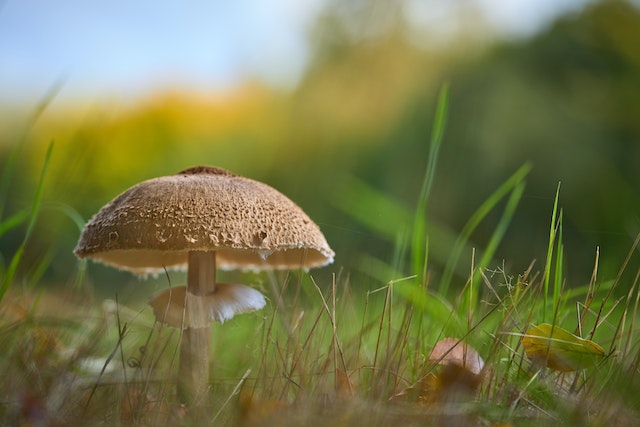Australian researchers have found a potential antidote for those poisoned by lethal death cap mushrooms.
Death caps cause more than 90 per cent of mushroom-related fatalities worldwide, with the main toxin produced by the mushroom called a-amanitin.
Researchers from China and NSW have identified STT3B is the key protein that is required for a-amanitin to have its toxic effect.
In a peer-review study published in the Nature Communications journal on Wednesday, the scientists report finding a drug that might block that protein, stopping the death caps from being poisonous.
That drug is called indocyanine green and it has already been approved by the United States Food and Drug Administration.
When researchers tested the drug on human cells and mice exposed to the toxin, it acted as an antidote, blocking its poisonous effects and helping the animals to survive.
But the researchers say more work is needed to assess whether it’s safe to use indocyanine green in humans.
Death cap mushrooms are the most dangerous species of mushroom and are typically found near oak trees in both regional and metropolitan areas.
They have a large yellow-green or olive-brown cap and can cause stomach pains, vomiting, diarrhoea, organ failure and even death within 48 hours.
In 2020, Victoria had a spate of death cap poisonings, with eight people in hospital at one point. Five ended up in intensive care and one died.
In 2012, two people died after eating the deadly mushrooms at a New Year’s Eve party in Canberra and four others in the ACT were seriously poisoned two years later.
The death cap is often found in the Canberra area, as well as around Melbourne, Tasmania and Adelaide.
Tara Cosoleto
(Australian Associated Press)





